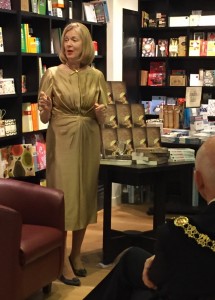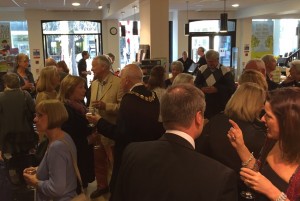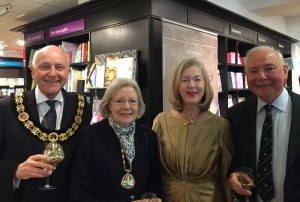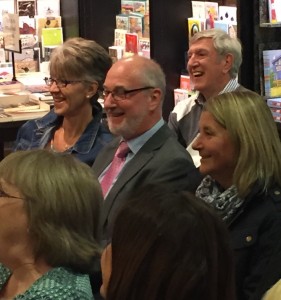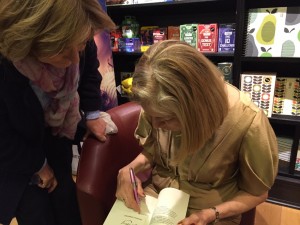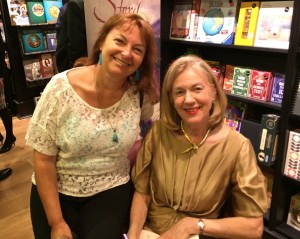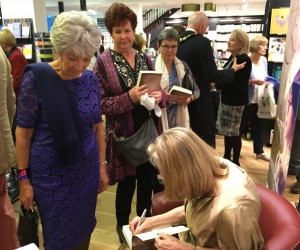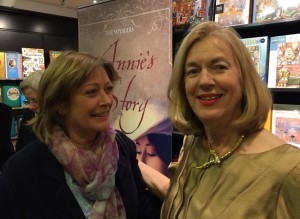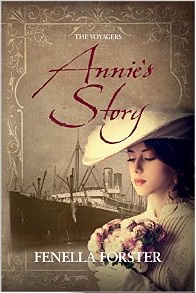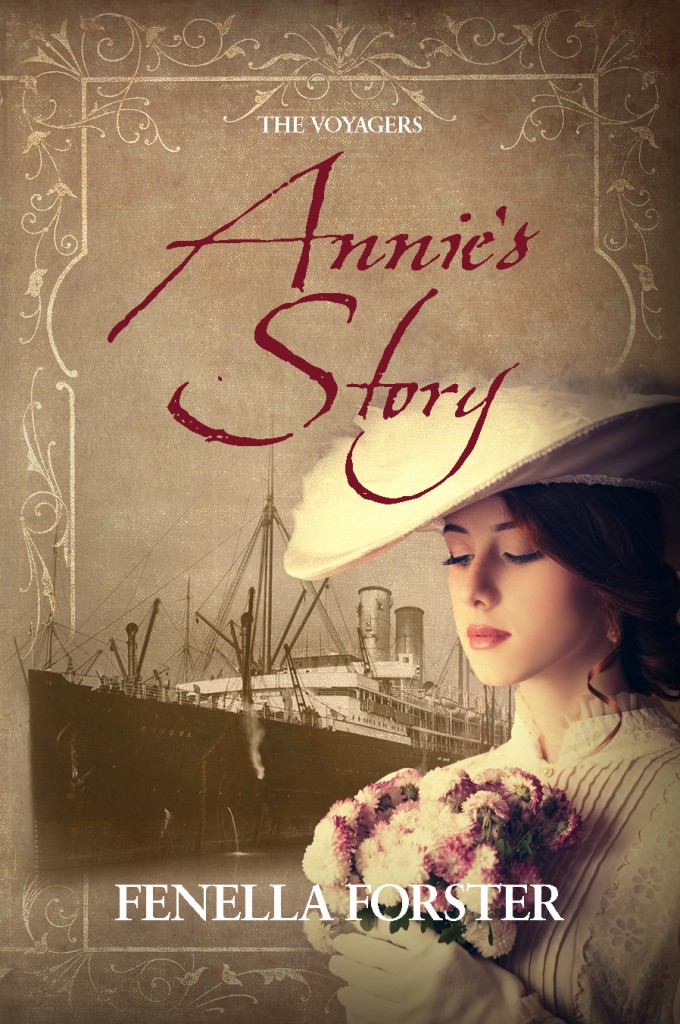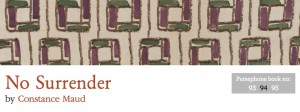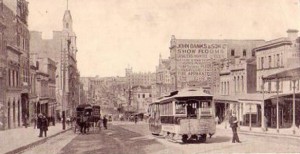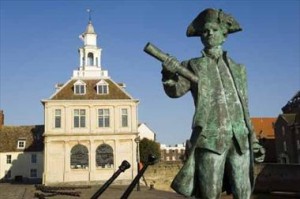 The University Women’s Club in Mayfair is the perfect place for a book launch. I’ve been a member of the club for 25 years and it’s a real home from home for me, living in Tunbridge Wells. So for my London launch of my debut novel: Annie’s Story Book 1 of The Voyagers trilogy, it was my first choice.
The University Women’s Club in Mayfair is the perfect place for a book launch. I’ve been a member of the club for 25 years and it’s a real home from home for me, living in Tunbridge Wells. So for my London launch of my debut novel: Annie’s Story Book 1 of The Voyagers trilogy, it was my first choice.
I’d had a fun and very successful launch in Waterstones, Tunbridge Wells the month before, but wanted a second one for different groups of people who might find it difficult to get to my neck of the woods. It was a mixture of family, friends, special writing friends, members of Connexions (a course on philosophy I’ve been attending for the last seven years – I’m probably one of the wisest writers I know – just kidding), and, of course, some special UWCub members.
Trouble was, on the Wednesday morning of the launch I woke up not feeling terribly well. Thinking I was just a bit tired and would be all right I packed my overnight case and with my sister, Carole, took the train to London. We were staying the night at the club.
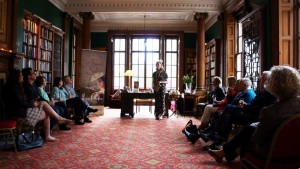 Still not feeling particularly great, I had arranged for a few friends to have lunch at the club. The day was so warm and sunny we were able to eat in the courtyard garden which was delightful. I decided not to have any wine, and kept to a light goat’s cheese salad, as did three other women. That evening, getting dressed, I didn’t feel excited as I should, and was beginning to feel a little queasy and light-headed. I knew I’d have to put on an act for about 35 people, 4 of whom had arrived from various countries especially for the launch.
Still not feeling particularly great, I had arranged for a few friends to have lunch at the club. The day was so warm and sunny we were able to eat in the courtyard garden which was delightful. I decided not to have any wine, and kept to a light goat’s cheese salad, as did three other women. That evening, getting dressed, I didn’t feel excited as I should, and was beginning to feel a little queasy and light-headed. I knew I’d have to put on an act for about 35 people, 4 of whom had arrived from various countries especially for the launch.
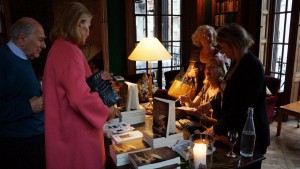 Thankfully, it all went well. Everyone seemed happy and enjoying the bubbly and canapés (I didn’t touch either), and the talk was my best one, I felt. The adrenalin must have kicked in!
Thankfully, it all went well. Everyone seemed happy and enjoying the bubbly and canapés (I didn’t touch either), and the talk was my best one, I felt. The adrenalin must have kicked in!
Luckily, Carole was sharing a room with me at the club as all through that night I was really ill. Terribly nauseous, burning chest pain, back pain, headache, and feeling extremely dizzy. I honestly thought I was dying. Neither of us had a wink of sleep, and around 6am I was so sick she decided to dial 999.
Maybe I wasn’t dying after all as I managed to appreciate three gorgeous-looking paramedics who rushed to the rescue. They confirmed I wasn’t having a heart attack, but after various tests decided I should go to hospital for more checks. I’ve never been in an ambulance before and always thought I would be terrified, but I just wanted to get to hospital as quickly as possible for someone to make me better.
After a bumpy ride we arrived at St Mary’s and had I felt well enough to appreciate it, my room was overlooking a canal with bright little boats bobbing about. We were in Little Venice. As it was, I was still being sick and feeling quite spaced out.
More tests with nurses and two doctors later I was diagnosed as having a severe case of gastritis from a virus, so at least it didn’t sound life-threatening!
I stayed on at the club for two more days, and was wonderfully looked after by the staff until Carole came to collect me on the Saturday and take me back to Tunbridge Wells.
This happened three weeks ago and I’m still feeling an echo of the effects. Doc says it will probably take eight weeks before I’m back to normal (well, normal for me!).
The good thing was that I received lots of emails and phone calls from people telling me how much they enjoyed the launch – and reading the novel! – and were shocked to hear that I’d been whisked away to hospital only hours later.
I’m seriously wondering if I should turn to acting instead of writing…
Answers, please, on a postcard.

